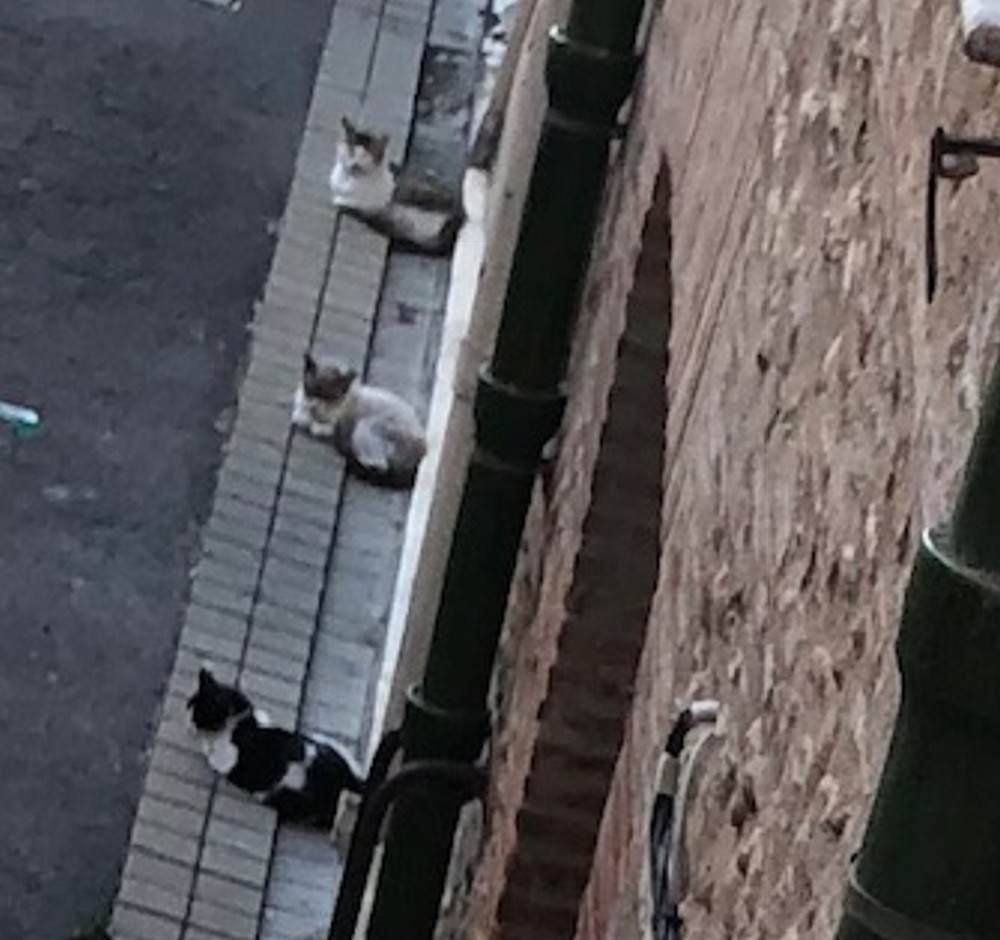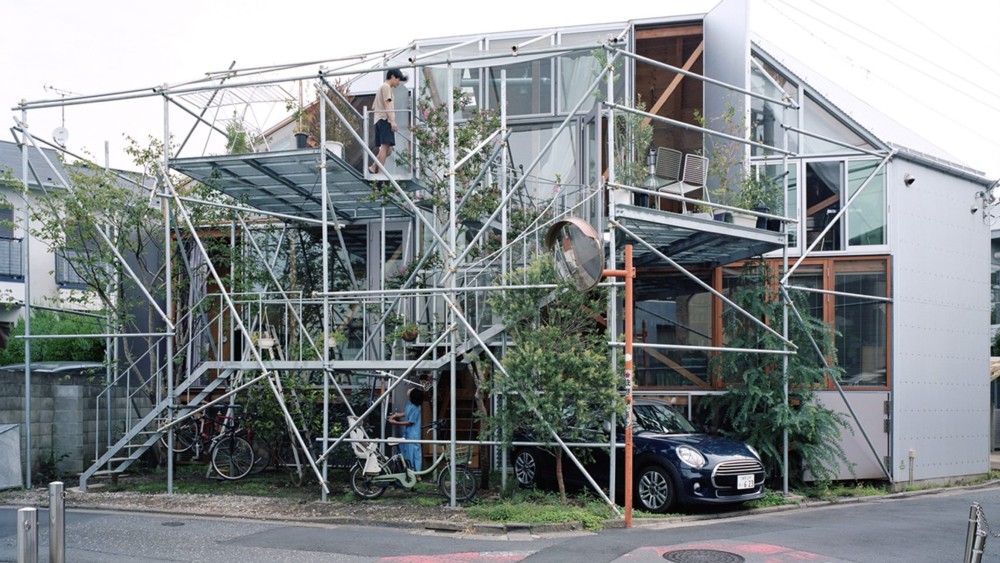About a fortnight ago now, I suddenly started feeling pains in my lower back and stomach. They kind of meandered around, but centred on a spot just above my right buttock. After a few days of this not getting any better, I rang my GP – well, my “Medical Centre” – and described my symptoms to a receptionist. She promised that a doctor would ring back around midday, and when a doctor duly rang back and I again described my symptoms, he said, can you come in and see me in half a hour? Bending down to pick things up was very painful, but standing upright and merely walking I could do. So, I walked over to the Medical Centre, and within a few hours of my first call, I got the verdict. (There are lots of complaints doing the rounds now about how the NHS has been bent out of shape by the Plague, but for me, when it came to the NHS at least paying attention to me and my discomforts rather than just telling me to come back in a couple of months time, it seemed to be working pretty well. Maybe it was the hint of a possible emergency about my symptoms that got their interest.)
So anyway, yes, the doctor duly examined me and bent my legs around and checked how it felt. Doctor stuff. And his verdict was: Nothing serious. Just a strained muscle. Me: How soon will it stop hurting? A week? Doctor: A bit more than that I’m afraid.
Basically what he was saying was: It’s nothing serious. You’ll get better soon. Not as soon as you would like, but soon.
For the next few days, the pain continued, and I put up with it as best I could and as I had to, learning new skills for moving myself up and down by the use of my still fully functioning arms. Getting out of bed and into an upright position when I got up in the morning was the trickiest and most painful manoeuvre. Anything which required my stomach to exert itself, like putting on trousers or shoes, was hurtful. Getting up out of a chair meant pushing myself up with my hands and arms. I adapted.
But then, right on time and as if hypnotised by the doctor, my body checked the calendar, noted that the ordained time of somewhat more than a week had now elapsed, and I started getting better. Yesterday was painful. Today, it was just a dull and diminishing ache. This afternoon, I went out shopping in Tottenham Court Road. I did things like sit down in a tube train, get up out of a seat in the tube train, walk briskly along Tottenham Court Road. No problems. The worst thing was that it was raining, and the few photos I took were rather gloomy and blurry. Also, the tube train back was too hot, which doesn’t go well with being a bit damp when you get into it.
The relief I felt at this moderate but definite improvement in my bodily circumstances was considerable. When you are young and you get an illness or injury, the only question is: When will it stop? That it will stop and that you’ll soon be back and firing on all cylinders is not in doubt. But when I started recovering today, I realised that I had been semi-fearing that … this was it. This, the pain I had gone to see the doctor about, was what living inside my body was going to feel like from now on. The only thing that would change this would be when things took another turn for the even worse. That is what, in a dull, getting old sort of way, I had been fearing. I wasn’t caste down into utter gloom. After all, you expect this sort of thing as you age, and so far in my life I’ve been very lucky with such things. But, I had feared that this episode would go far worse than it now seems to be going, that is, that having gone rather bad it would stay rather bad from then on, until such time as it got even worse. What if the doctor had been sparing me the worst about how it could all go? What if he was simply wrong? But it now seems that not only was his speed in seeing me very speedy; he also judged my condition accurately.
And the relief I’ve been feeling today, also in a dull, getting old sort of way, has been, as I say, considerable.







